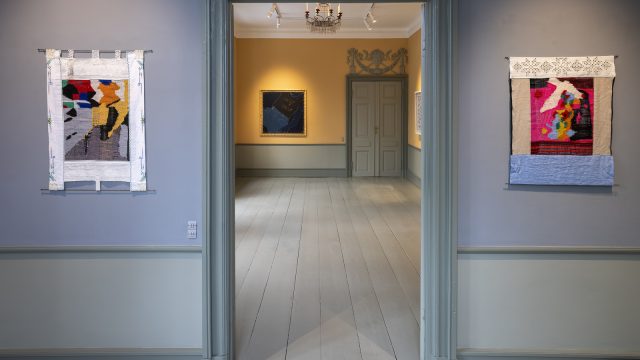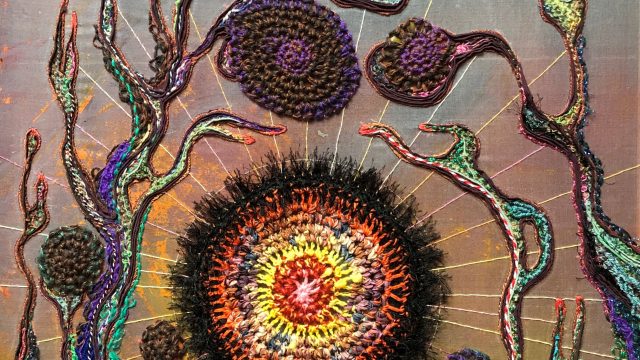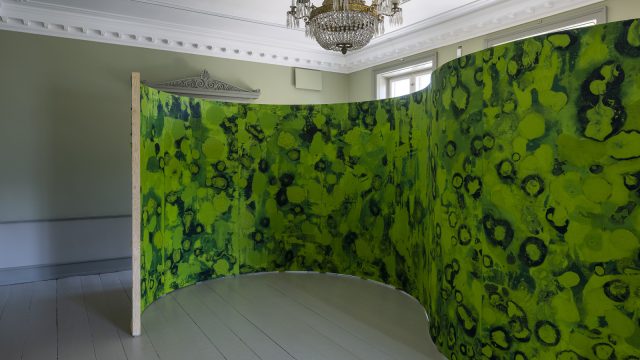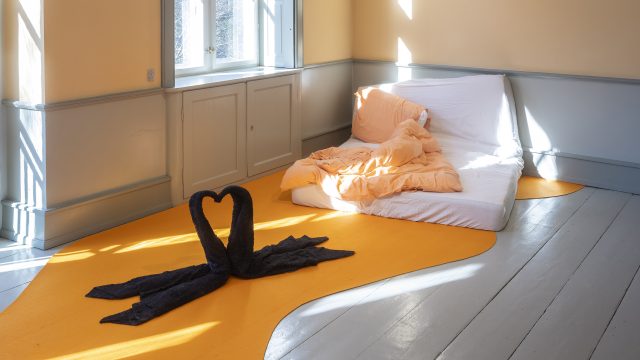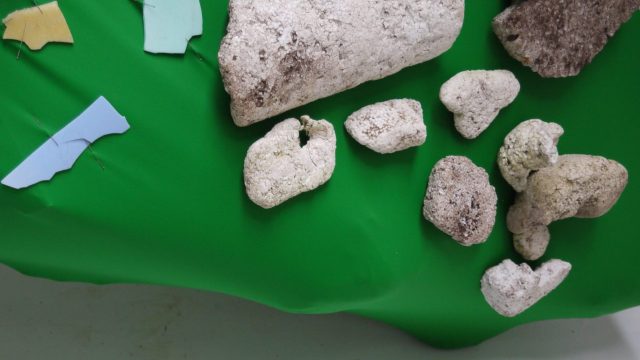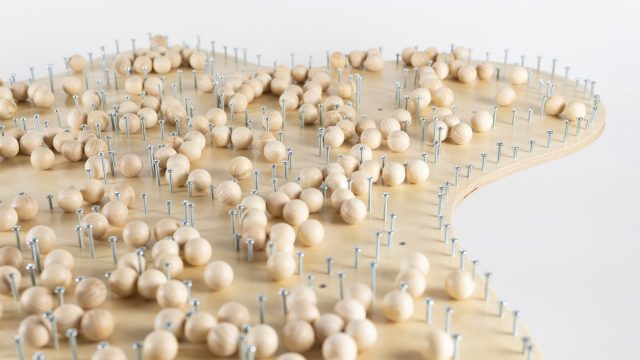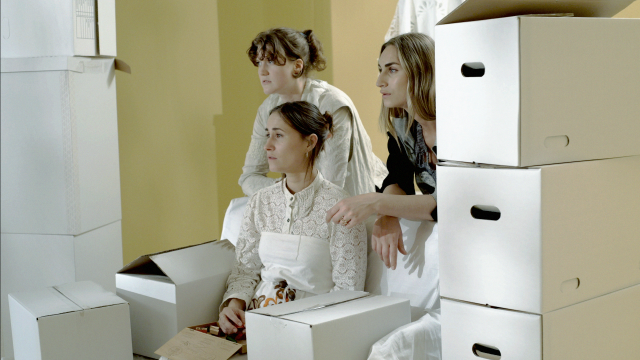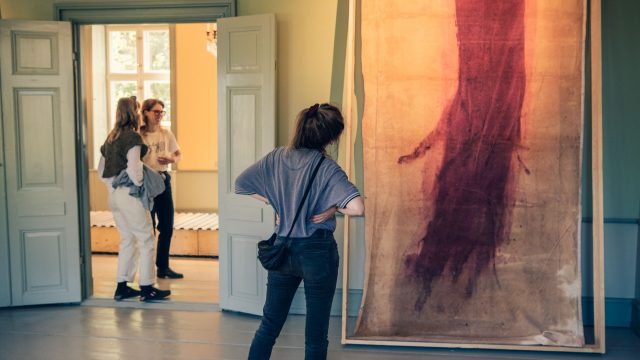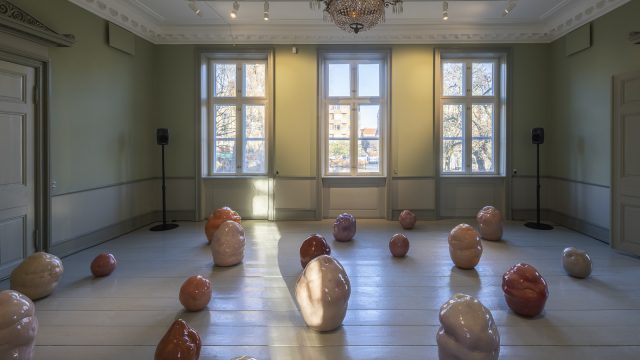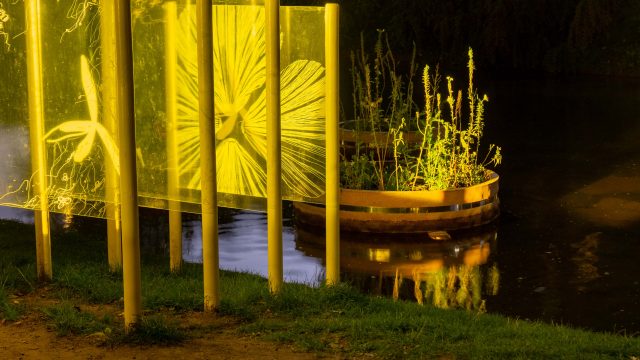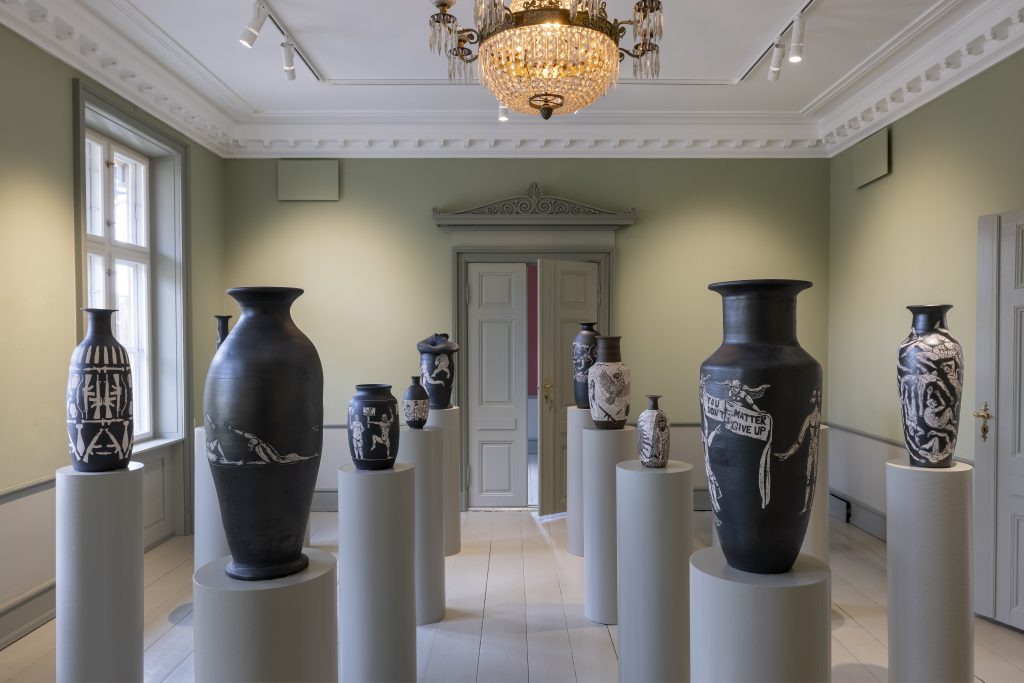


NIELS PUGHOLM: YET ANOTHER DOOM
Niels Pugholm’s solo exhibition at Møstings unfolds a dramaturgy over the cycle of the doom myth. Based on relief sketches, antique columns, classical vases, Pugholm’s own ceramic experiments and Møsting’s neoclassical style, the exhibition “Yet Another Doom” becomes a type of scenography in which the audience moves through the different stages of the doom narrative.

A platform for contemporary art
Møstings Hus is part of Frederiksbergmuseerne. Here professional artists are invited to make proposals for site-specific exhibition projects for the exhibition rooms on the first floor.
Møstings Hus functions as a platform for contemporary and modern art
Newly educated and experienced artists across different media are invited to apply. Just as we occasionally provide a framework for curated exhibitions of modern art by deceased artists.
The next application deadline is the 16th of January 2023.
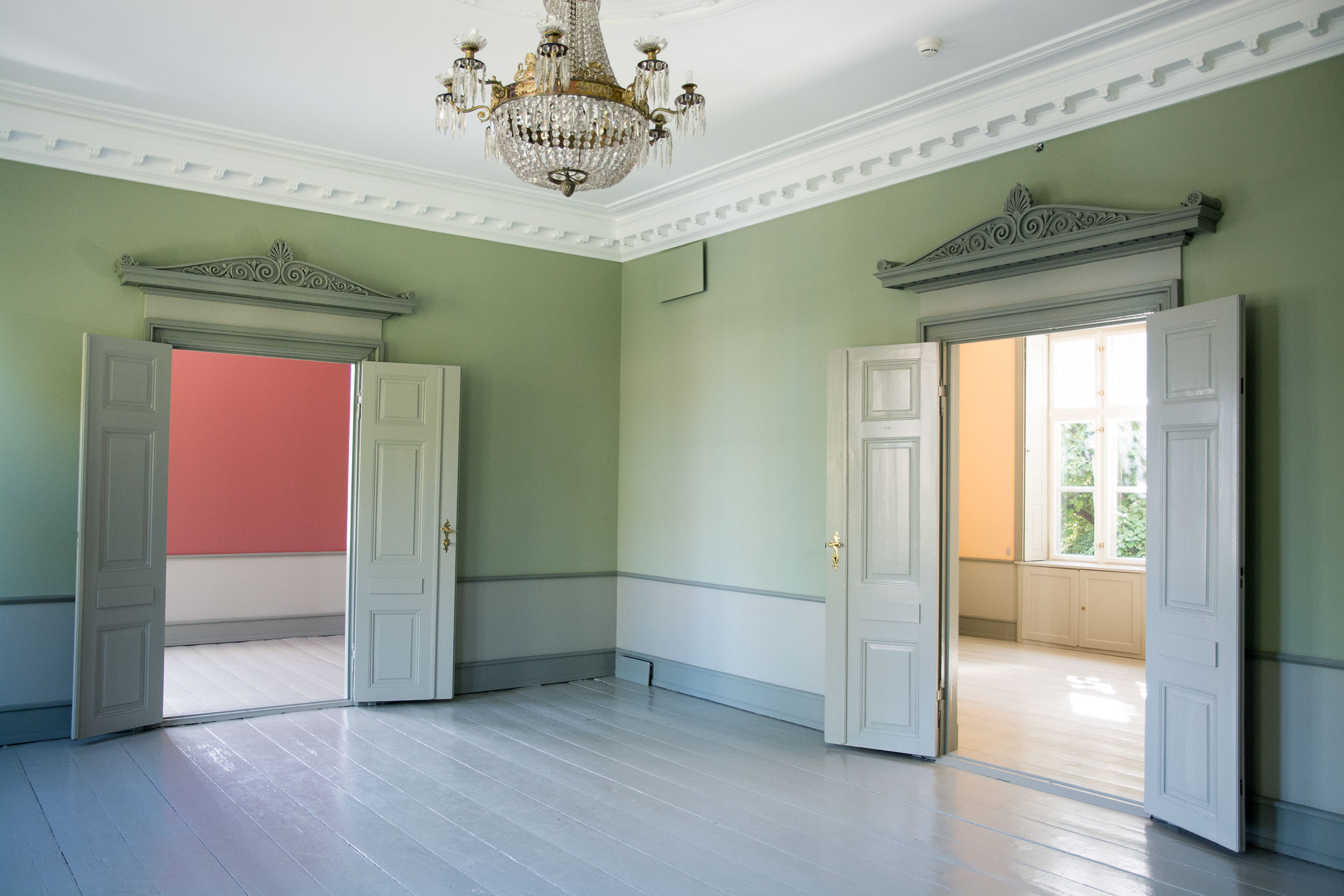
The History of Møstings
Møstings Hus was constructed in 1800 and is named after the most recognized owner, Johan Sigismund Møsting (1759-1843). From 1813, J. S. Møsting had a prominent position as Minister of Finance and as head of the exchequer in the nation’s government under Frederik VI. In 1814 he became a member of the Geheimrat, which was the title of the highest advising officials at the royal courts.
Møstings Hus dates back to a time when Frederiksberg was the preferred summer resort for the wealthy citizens and high-ranking government officials. It was the royal family, who in the latter half of the 18th century had made Frederiksberg their very own private holiday paradise. When spring had its entry, endless lines of carriages set course for the Frederiksberg Palace from Copenhagen. With them, they had everything that the royal courts required to preserve appropriate living standards. The heads of the nation followed this example hardly 50 years later by building several aristocratic country houses in Frederiksberg.
